Table of Contents
“Kannada gothilla?” or “Don’t you know Kannada?” are questions you may have heard as a newcomer in this city. The first time I heard this question was when two men were harassing me outside a movie hall because I asked them to talk softly. In fact, this was the first time I was asked this in my 20 years of living in Bengaluru. What was a relatively easy dispute to defuse was escalated to the police out of concern for my safety.
Unfortunately, it isn’t easy for the non-Kannada speakers in this city. Given the rise of the tech industry in Bengaluru, there is an influx of north Indians migrating to work and settle here. Not only has this given rise to major language barrier issues but also several cultural frictions have been brought to light.
This is yet another layer in Bengaluru’s transformation from a once-calm “Garden City” into a sprawling metropolis grappling with challenges of progress, as discussed in Part One of our two-part series on the city’s shifting landscape.
MindBrews reached out to people from all walks of life to gather their thoughts on this cultural divide forming in their city. The responses speak to a city in distress where they feel unsafe, unwelcome and discriminated against.
Adjusting to local expectations around a language is never easy but welcome to ‘Namma Bengaluru’, where the weather is wonderful, hot dosas and idlis await you at every corner, but so does an ongoing language war simmering beneath its surface.
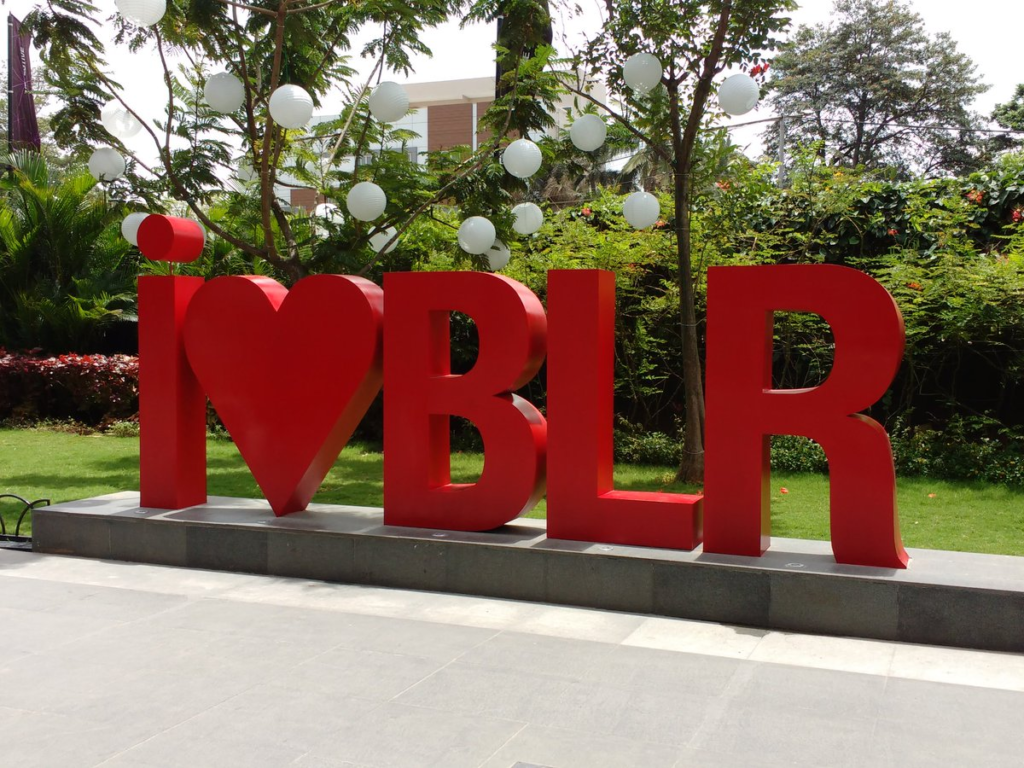
The Rise of a New Bengaluru
In the early days of the tech boom, Bengaluru wasn’t exactly “the most happening place in India.” It was known for its green parks, slow-paced lifestyle, and year-round pleasant weather—a far cry from its current image as a global tech powerhouse. Today, neighbourhoods like Koramangala, Indiranagar, and Whitefield hum with the energy of a young, cosmopolitan crowd. Resto-pubs, cafés, and coworking spaces dominate the cityscape, embodying a “work-hard, play-hard” identity that’s become synonymous with modern Bengaluru.
Take a look at the old vs. new:
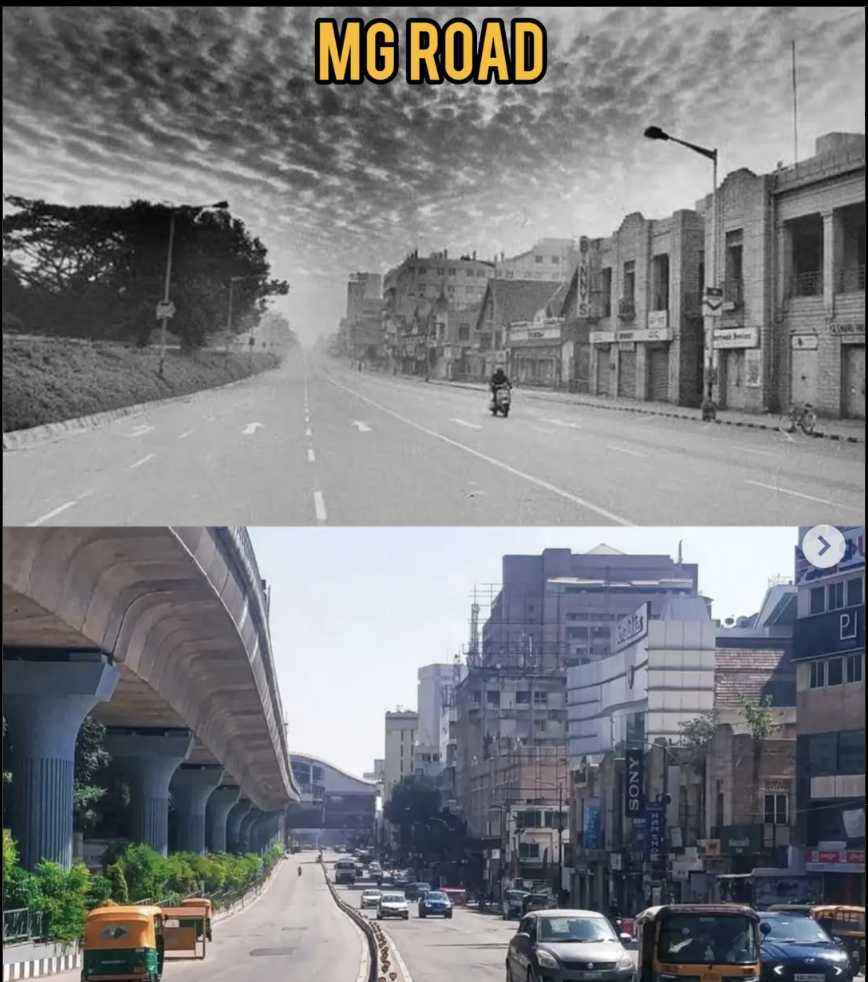
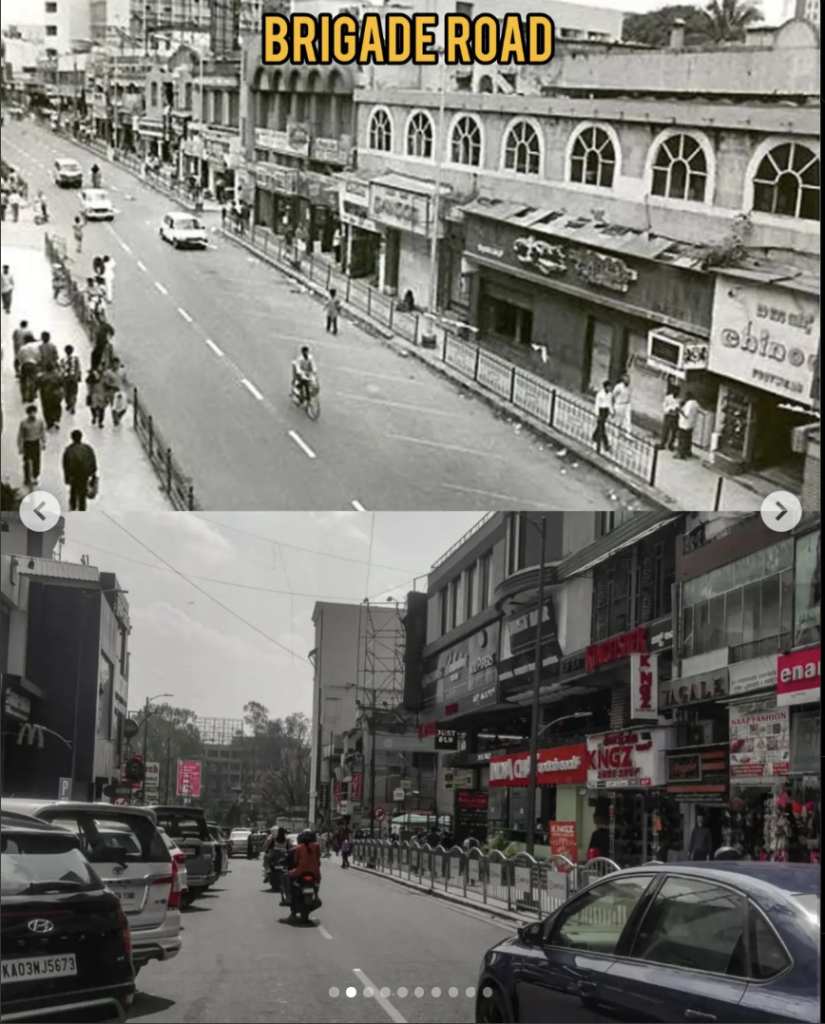
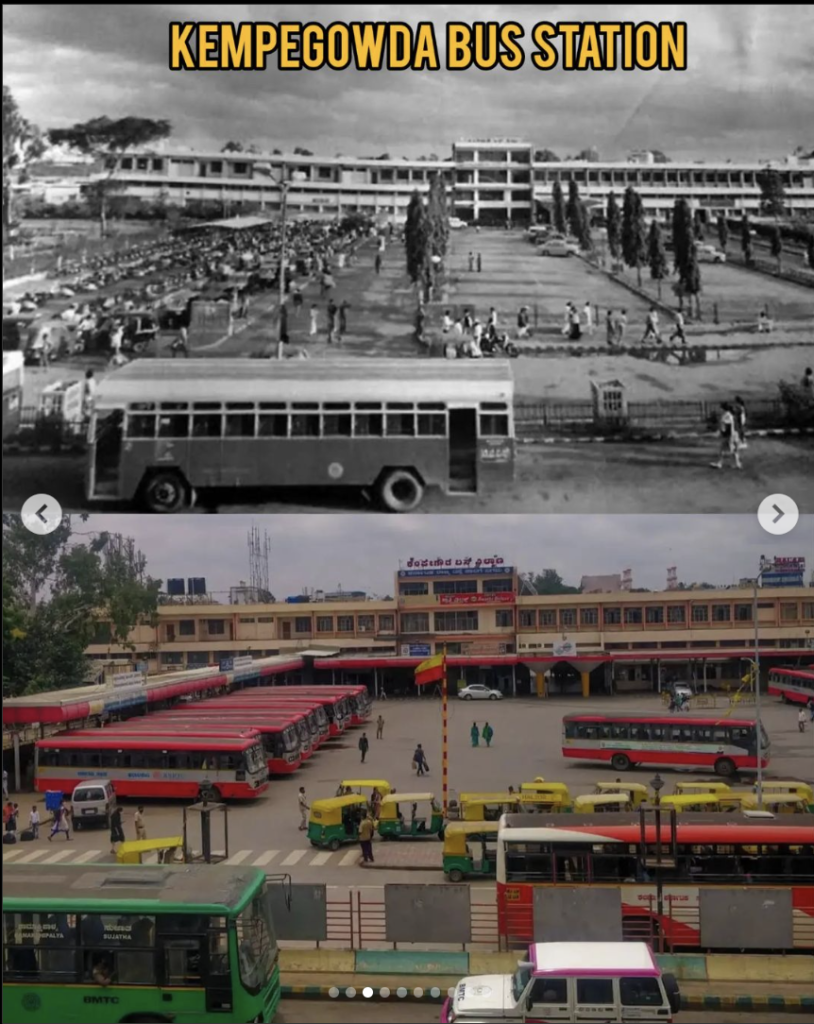
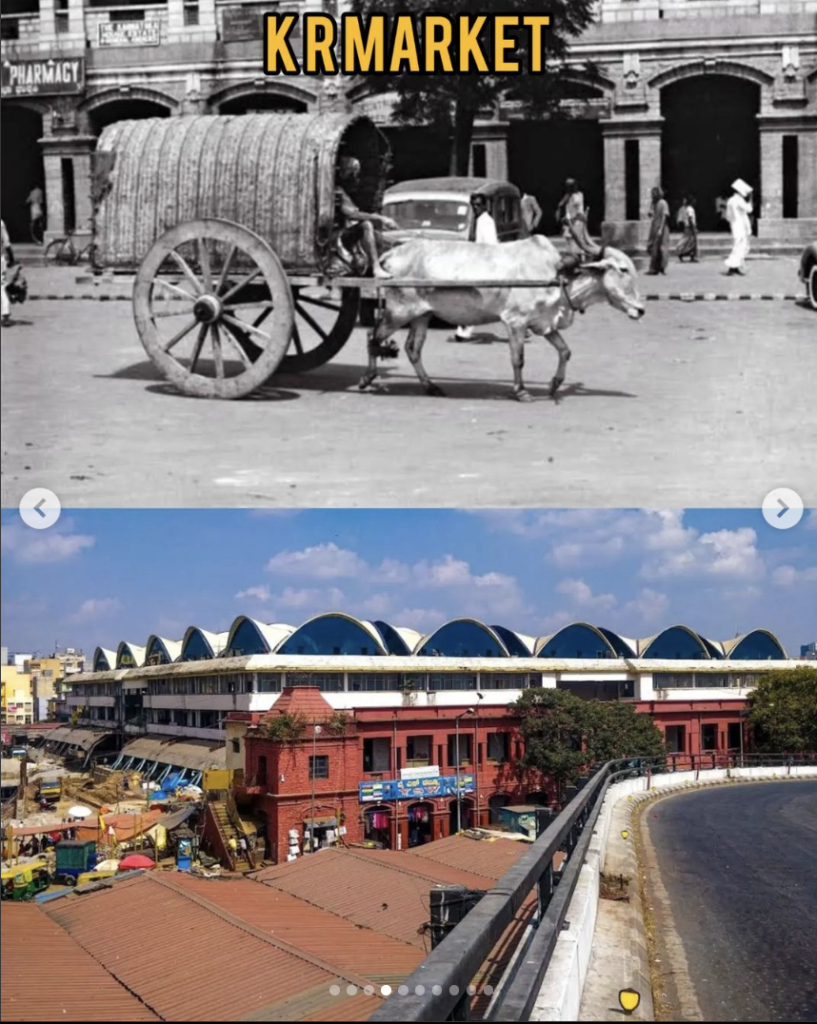
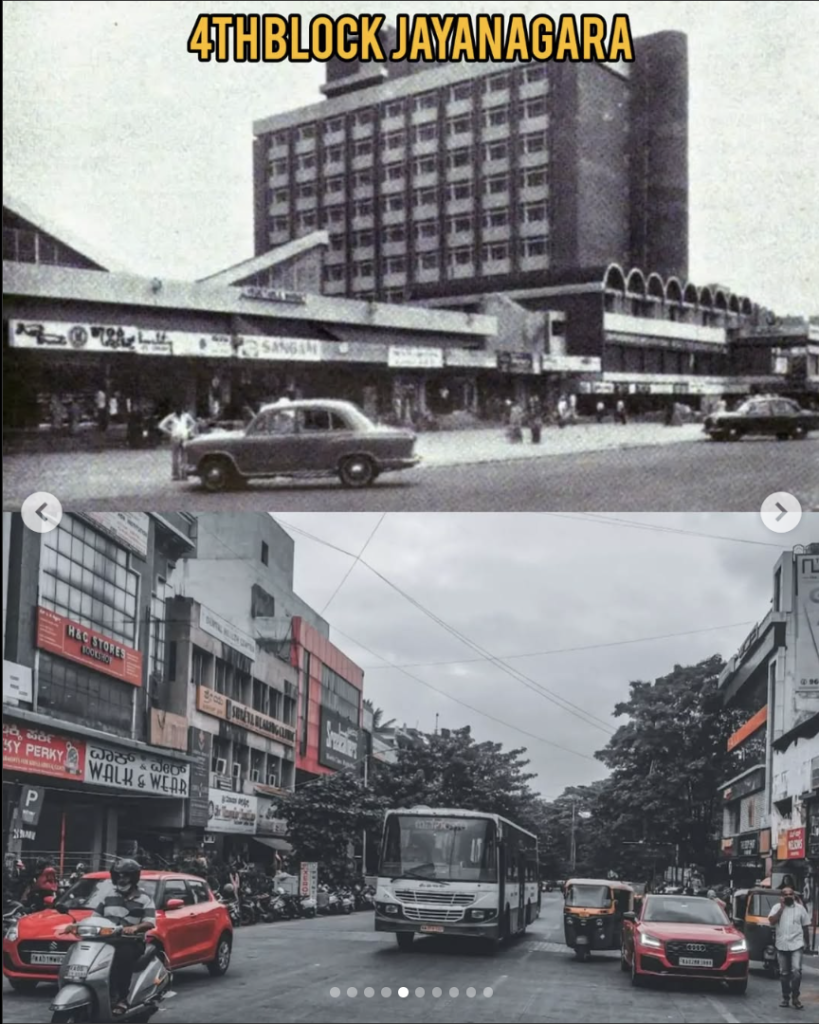
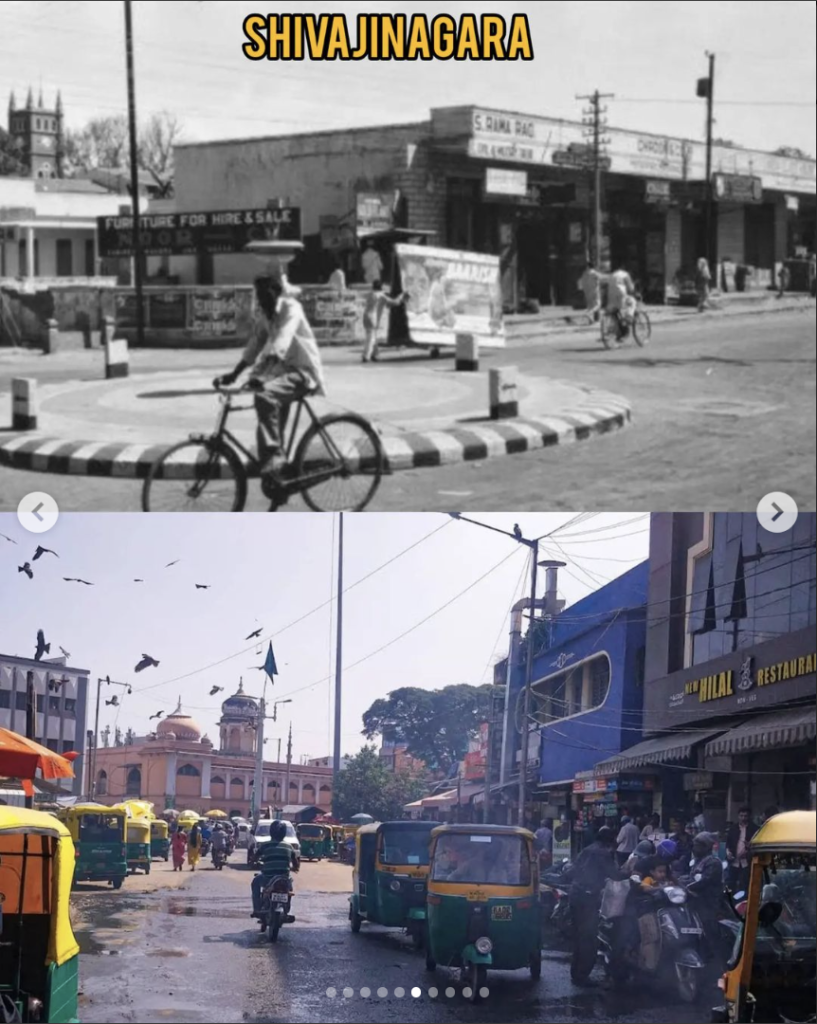
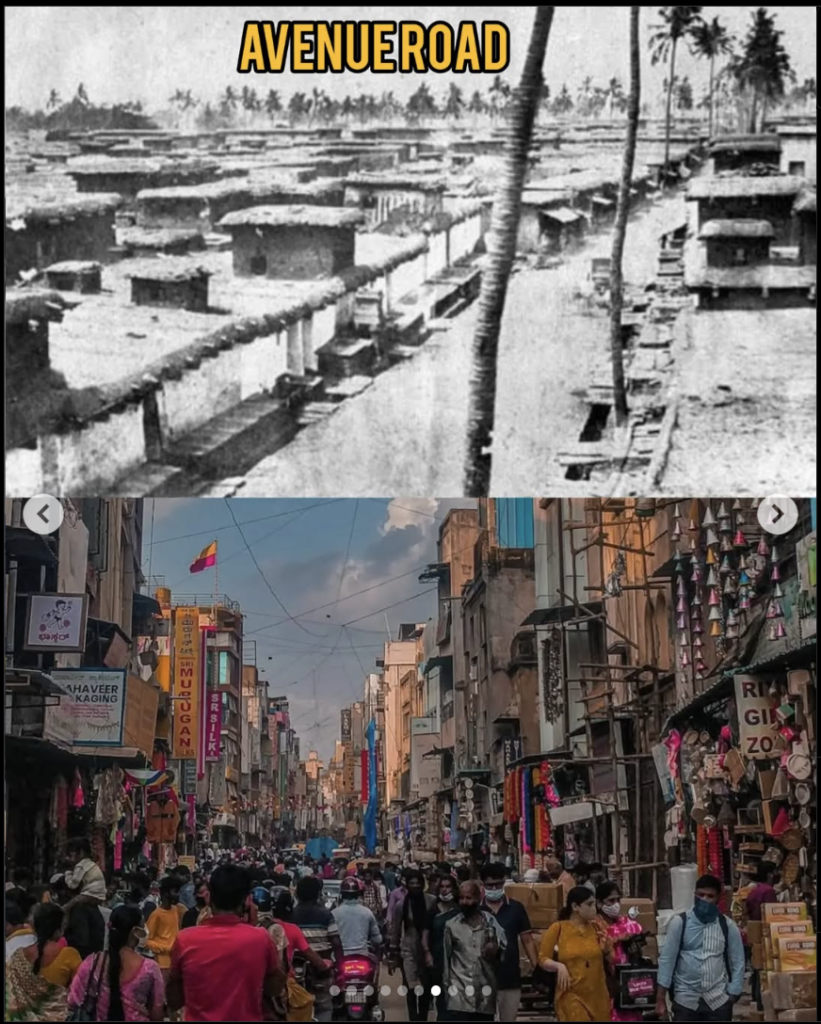
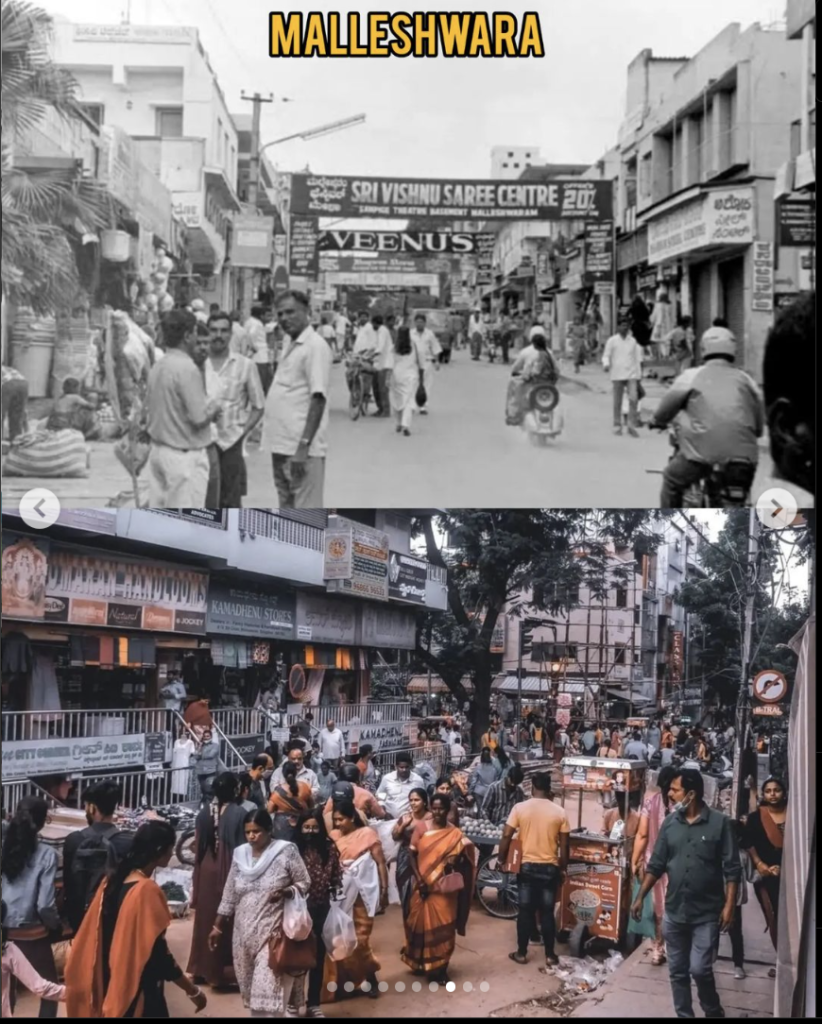
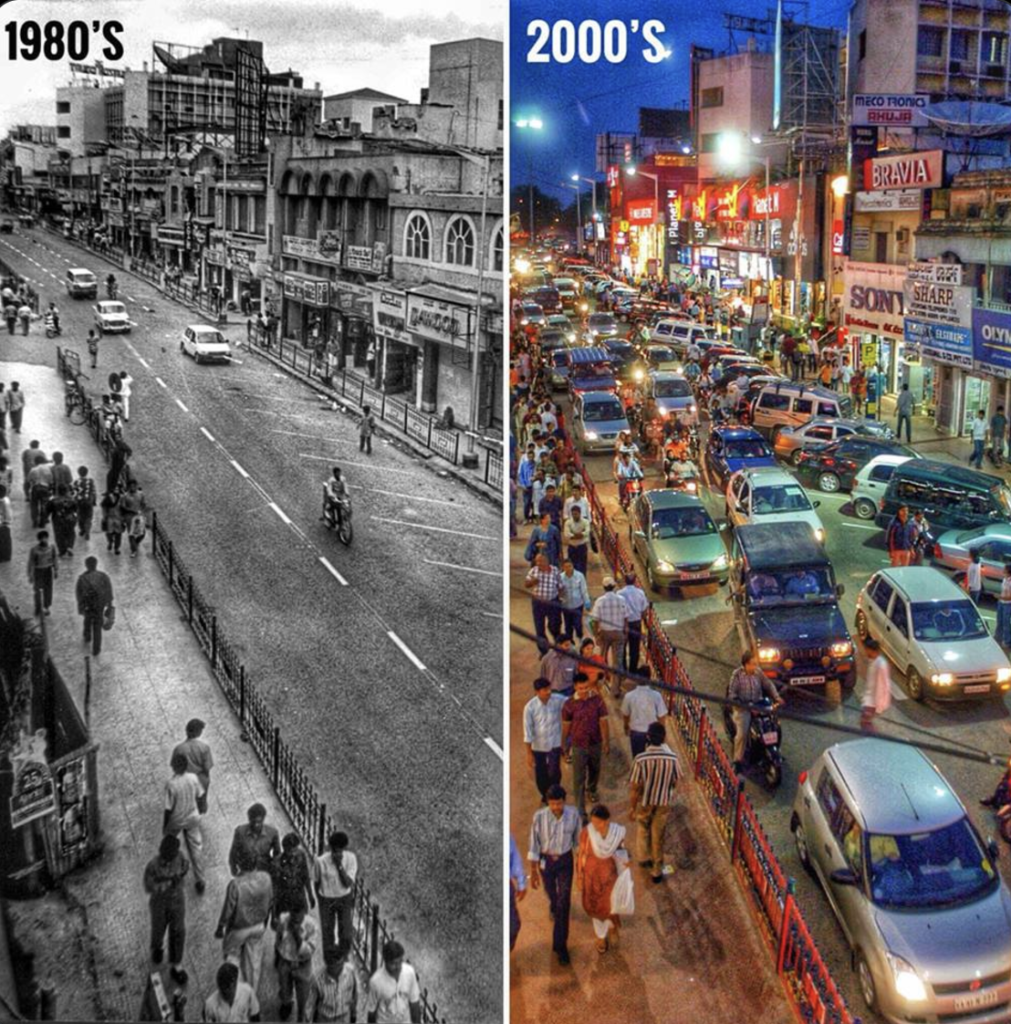
Traditional neighbourhoods are changing from residential to new construction everywhere. Overnight cafes are emerging with food not being the incentive, but unconventional ideas such as: a jail. Not only that, locals feel priced out with the rent prices inflating at such a fast pace. Imagine living at home but not truly feeling like it. This is how most locals describe their city nowadays.
I grew up in Bengaluru, and most of my childhood memories are of a city that is fast disappearing”, said one our respondents
(Source)
While this sudden “progress”, as most people would like to call it is exhilarating for some, it leaves others feeling alienated and lost as though their Bengaluru is slipping away. Where once there was space for all, there is now a metropolis that pays no attention to inclusive development.
Kannada Pride and the Need for Cultural Preservation
As it has become increasingly clear, for many locals, Kannada is more than just a language. It is their identity, their heritage. In response to their ever-growing city dynamics, the Kannada pride movement has gained momentum. Organisations like ‘Karnataka Rakshana Vedike’ advocate the urgent need to enforce the language in as many ways it can, especially in public spaces. Activists argue that, without these efforts, the city’s culture could be overshadowed by outside influences.
In December 2023, pro-Kannada activists engaged in mass vandalism across Bengaluru, targeting business houses which failed to comply with the rule of 60% Kannada signage. This rule put in place by the Karnataka Government mandated that all commercial establishments display at least 60% of their signage in Kannada.
“In every district, the wing — comprising police personnel — will enforce the law,” Kannada and Culture Minister Shivaraj.
Source: DECCANHERALD
Activists have gone on the rampage destroying English signboards and hoardings across Lavelle Road, MG Road, and Brigade Road, terming that as a show of disrespect towards Kannada and by extension their state. The protests were led by KRV President Narayana Gowda who took it upon himself to act on behalf of the Bruhat Bengaluru Mahanagara Palike (BBMP).
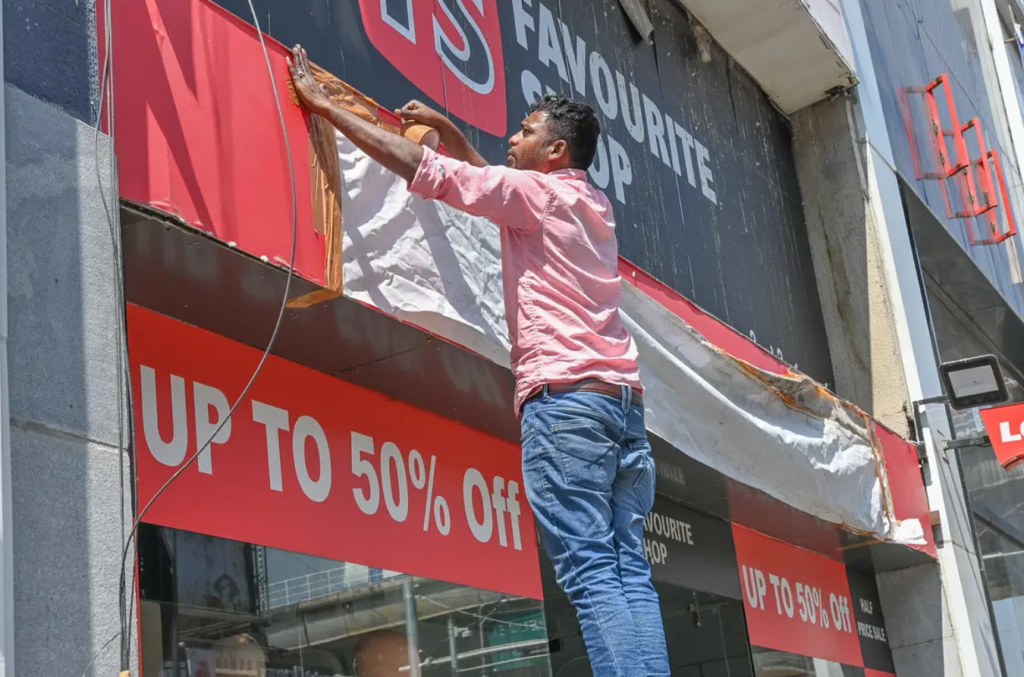
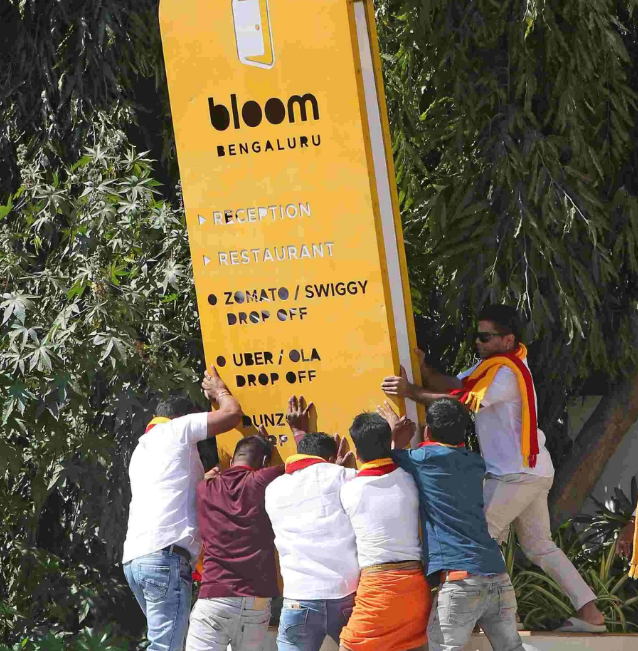
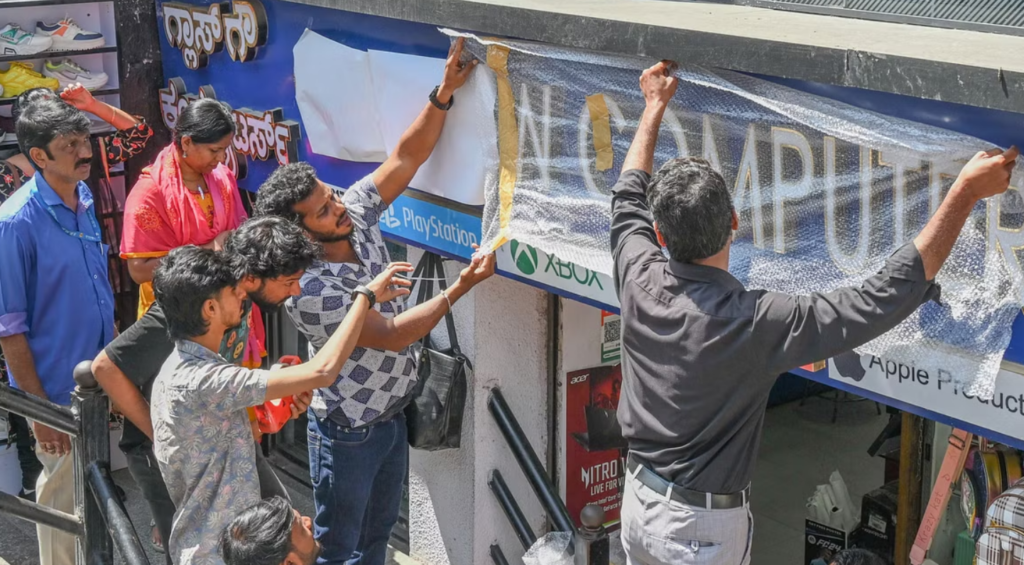
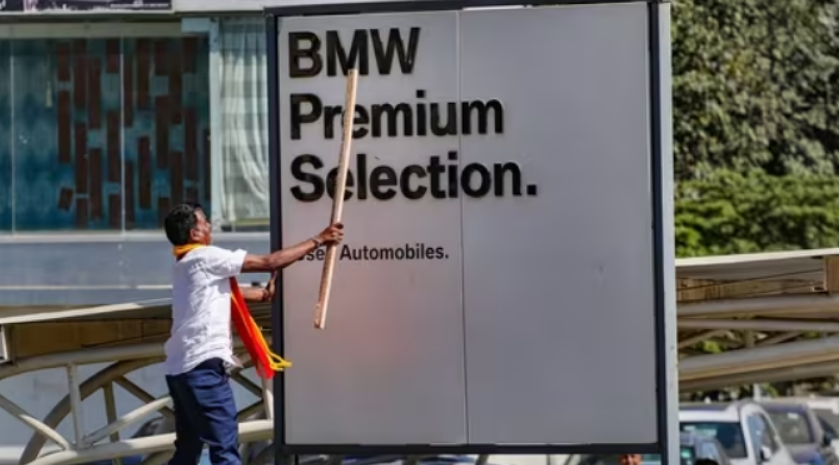
Failure to comply within the deadline has resulted in BBMP officials instructing shop owners to cover the signboards.
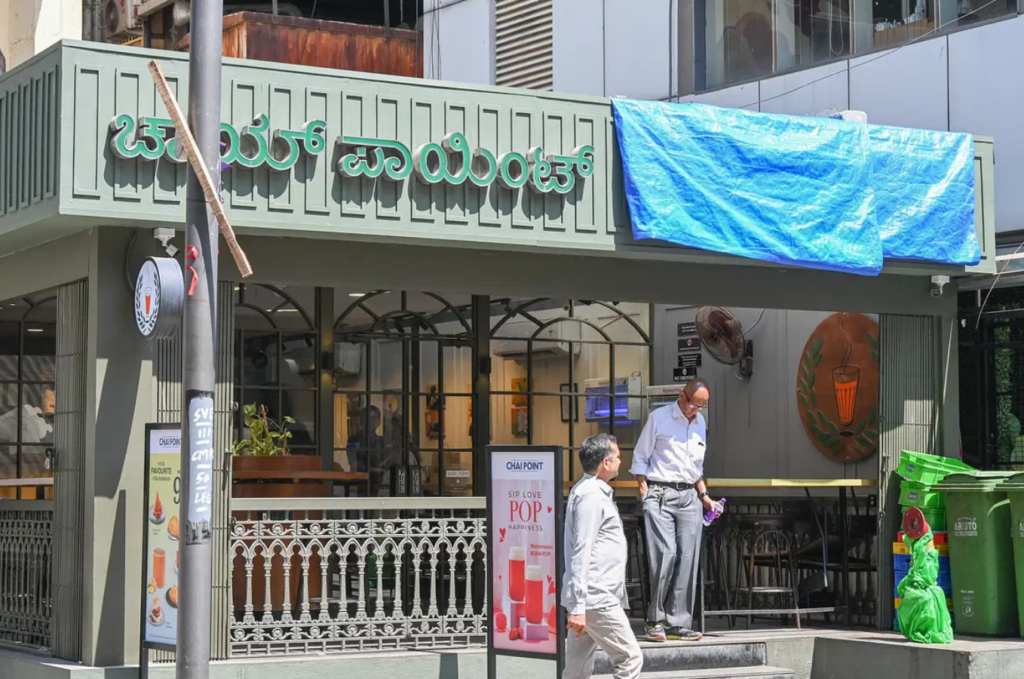
The protests turned violent as the activists damaged properties and handled police personnel roughly. Bengaluru police arrested 29 people included in the protest among them Narayana Gowda. They produced them before a magistrate and then sent them to judicial custody.
In lieu of this, we asked people: Do you feel that the Kannada language and culture are adequately represented in Bengaluru’s public life?

The question remains: Is enforcing language the best way to preserve heritage?
Public Spaces as Battlegrounds
This growing language divide in Bengaluru does not feel abstract anymore and plays out every day within the city’s public domains. Markets, public transportation, and neighbourhood shops turn into battlegrounds for the cultural and linguistic tensions which have developed in the state. Old shopkeepers selling in local markets like Chickpet cannot communicate with customers who do not speak Kannada. The owners have taken an extreme stand and refuse to serve a non-Kannada-speaking customer as their silent protest.
Public transport is another place of constant friction. Many auto-rickshaw drivers are low-income, and Kannada-speaking. They sometimes get into confrontations with Hindi- or English-speaking passengers. The Bengaluru Police have stated that language-related complaints between drivers and passengers have risen during the past year, revealing a growing sense of frustration at the inability to communicate in a common language. Additionally, in only 2024, up to July 31, they registered 2,586 cases for refusal to hire and 2,582 cases for demanding excess fare. While this may not directly pertain to the language issue it shines light on the matter at hand.
For many locals, the sentiment is clear: “Why should I speak another language in my own city?”
The Question of Compulsory Language Learning
So, should you as a non-native speaker learn Kannada? Critics feel that mandating Kannada might not be practical, or even exclusionary. But let’s take a look at the stats:
Karnataka is a multilingual state, with an estimated population of around 70 million in 2024. Kannada was the mother tongue of 66.46% of the population according to the 2011 Census, and therefore was the majority language. Other important linguistic groups were Urdu speakers at 10.83%, Telugu speakers at 5.84%, Tamil speakers at 3.45%, and Marathi speakers at 3.29%.
In the survey we conducted we asked: Which language(s) do you primarily use in your daily life?

Most people seem to use Hindi and English on the daily.
“I am a Kannadiga… I love to speak my mother tongue… but imposing a language on anybody is not the right way… Language should be learnt out of personal interest and need”
Source: Reddit
Taking a page out of the Bible, much like the story of the Tower of Babel, where mankind’s intentions of building a tower to the heavens were thwarted by God confusing their speech. Suddenly everyone spoke in different tongues, leading their project into failure. Similarly, as Bengaluru grows and becomes more heterogeneous, the compulsion of a certain language will do nothing but cause division.
Finding Common Ground: Lessons from Shrek 3
Perhaps a modern metaphor could offer insight into the matter. In Shrek 3, there are various fairy-tale characters with different quirks and differences trying to come together in a common space (Far, Far Away).
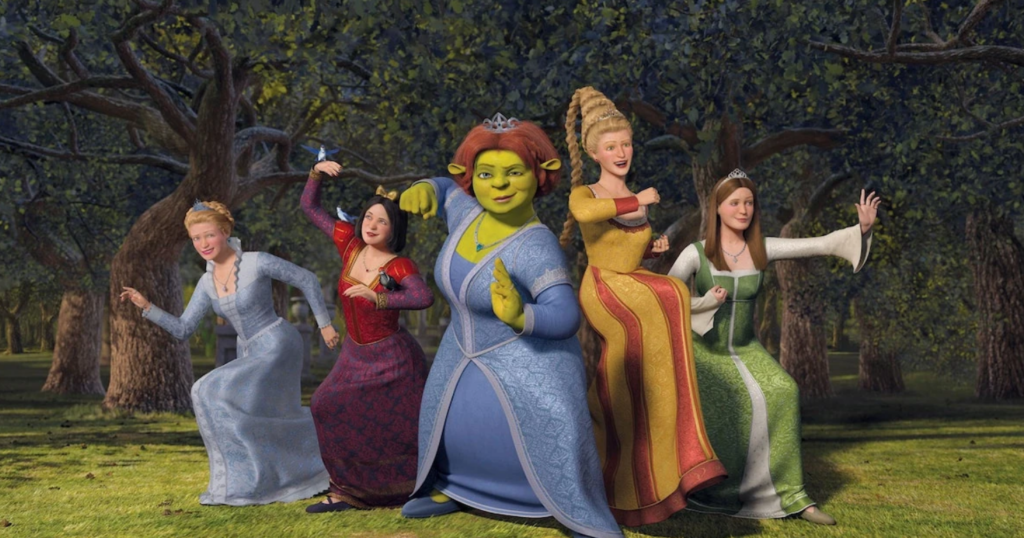
Conflict of personalities and misunderstandings did lead to chaos, but the characters persevered and learned to work together despite their differences. The movie is an image of what Bengaluru might one day be: a city with people from different cultural backgrounds finding common ground without losing what makes each group unique.
If people respect each other’s heritage yet embrace change, then the rich mosaic of Bengaluru can bloom, weaving a shared narrative from diverse voices.
Bengaluru’s Future as a Unified City
The future of Bengaluru depends on how it can integrate development with preservation of unity and diversity. Even as people’s talents and the city’s growth continue to entangle, there remains a challenge at the heart – what kind of city do we want Bengaluru to be? A city that has many gated communities, each speaking its own language or culture or an open city that draws its strength from diversity. Festivals such as Namma Bengaluru Habba encourage all residents to take part in some activities revolving around the culture of the city. Similarly, tech companies offering Kannada classes for employees signal a step towards integration without compulsion.

The concern that Bengaluru faces, goes beyond merely English or Kannada, rather it cuts across belonging and who the people are. Whether Bengaluru can find this middle ground will define its identity for generations to come– a place always rooted in history, but which has evolved with changes responsible for its interesting, beautiful scandalous current form.
While progress and preservation appear to be at odds, finding a harmonious balance will be critical for Bengaluru’s future as a unified, thriving city. Haven’t read Part One yet? Check it out here.
Do you feel that Bengaluru may be losing it’s identity? Share your thoughts with us at editor.mindbrews.in.